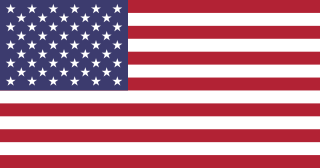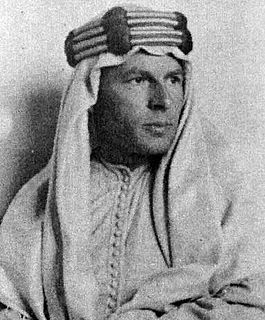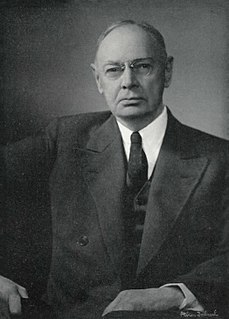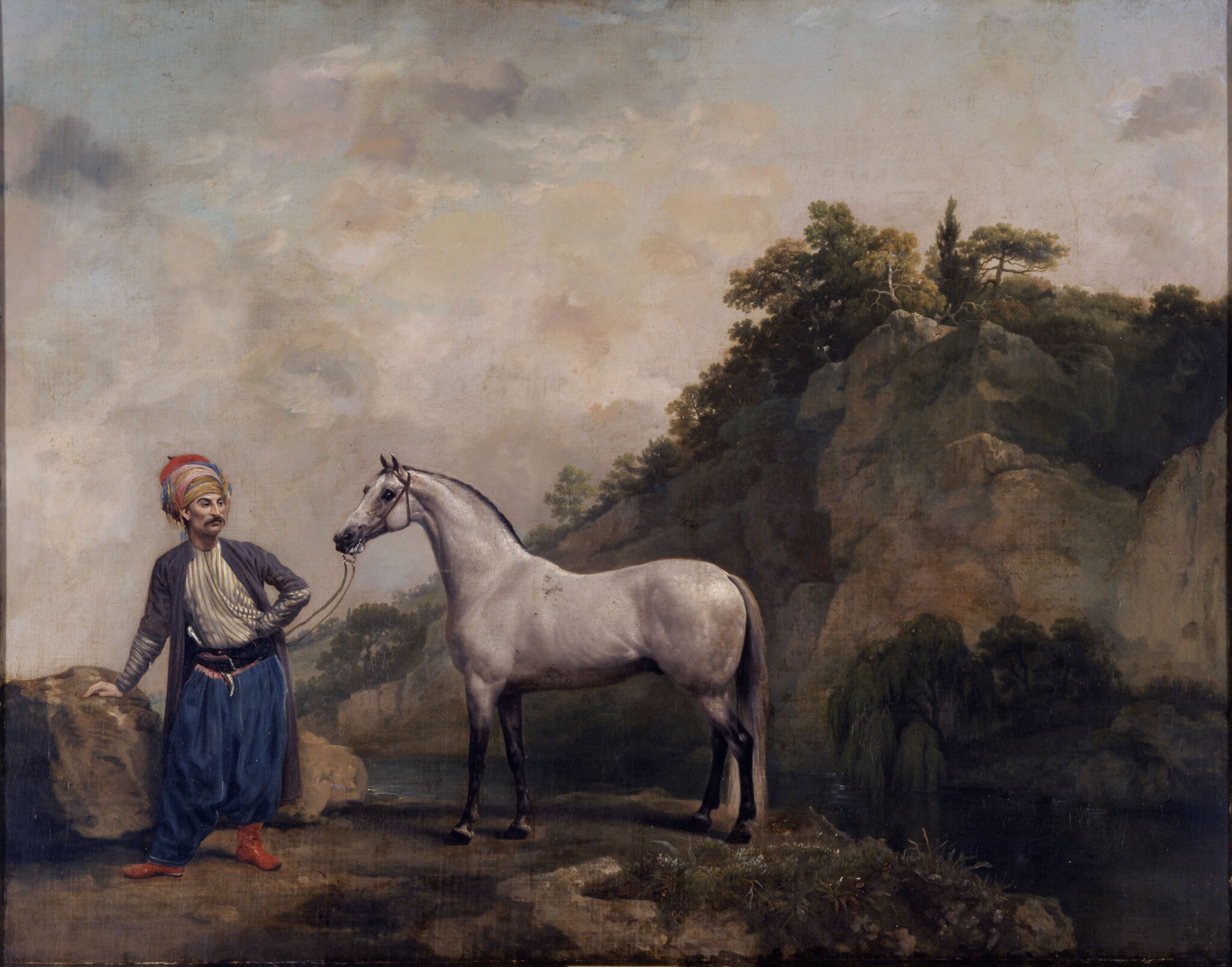 Raffles as an older stallion | |
| Breed | Arabian |
|---|---|
| Sire | Skowronek |
| Grandsire | Ibrahim (PASB) |
| Dam | Rifala |
| Maternal grandsire | Skowronek |
| Sex | Stallion |
| Foaled | 1926 |
| Country | United Kingdom |
| Color | Gray |
| Breeder | Lady Wentworth |
| Owner | Roger Selby Alice Payne |
| Honors | |
| 1933 Three-gaited champion National Horse Show | |
| Last updated on: January 13, 2008. | |
Raffles was an Arabian stallion foaled in 1926 and imported to the United States by Roger Selby in 1932. Raffles was bred by Lady Wentworth of the Crabbet Arabian Stud.

The Arabian or Arab horse is a breed of horse that originated on the Arabian Peninsula. With a distinctive head shape and high tail carriage, the Arabian is one of the most easily recognizable horse breeds in the world. It is also one of the oldest breeds, with archaeological evidence of horses in the Middle East that resemble modern Arabians dating back 4,500 years. Throughout history, Arabian horses have spread around the world by both war and trade, used to improve other breeds by adding speed, refinement, endurance, and strong bone. Today, Arabian bloodlines are found in almost every modern breed of riding horse.

The United States of America (USA), commonly known as the United States or America, is a country comprising 50 states, a federal district, five major self-governing territories, and various possessions. At 3.8 million square miles, the United States is the world's third or fourth largest country by total area and is slightly smaller than the entire continent of Europe's 3.9 million square miles. With a population of over 327 million people, the U.S. is the third most populous country. The capital is Washington, D.C., and the largest city by population is New York City. Forty-eight states and the capital's federal district are contiguous in North America between Canada and Mexico. The State of Alaska is in the northwest corner of North America, bordered by Canada to the east and across the Bering Strait from Russia to the west. The State of Hawaii is an archipelago in the mid-Pacific Ocean. The U.S. territories are scattered about the Pacific Ocean and the Caribbean Sea, stretching across nine official time zones. The extremely diverse geography, climate, and wildlife of the United States make it one of the world's 17 megadiverse countries.

The Crabbet Arabian Stud, also known as the Crabbet Park Stud, was a horse breeding farm established on 2 July 1878 when the first Arabian horses brought to England by Wilfrid Scawen Blunt and Lady Anne Blunt arrived at Crabbet Park, their estate in Sussex. Six months earlier, while staying in Aleppo, Wilfrid and Lady Anne had made a plan to import some of the best Arabian horses to England and breed them there. In Lady Anne's words, "it would be an interesting and useful thing to do and I should like much to try it."


















